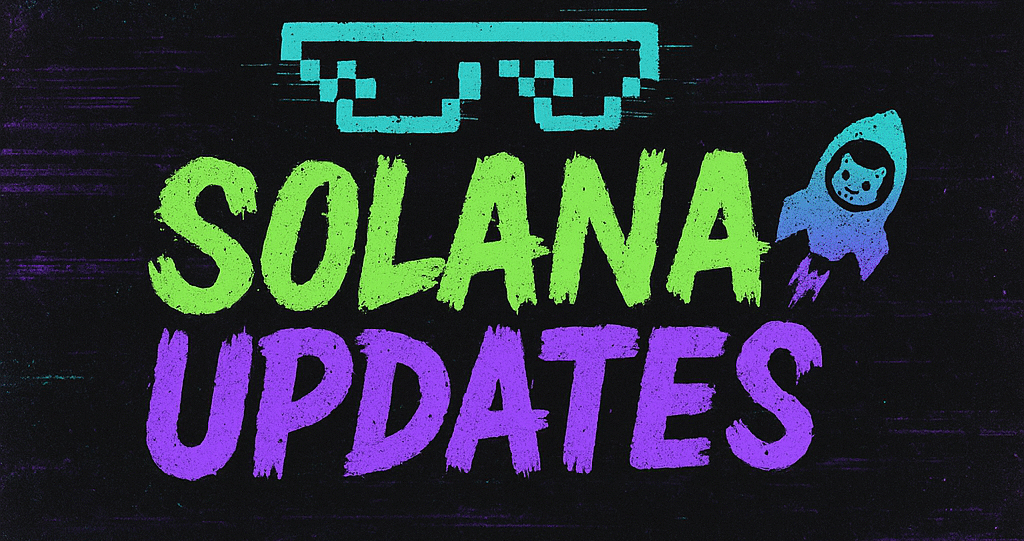Ethereum’s Strategic Revival: Insights from the Foundation
As the blockchain ecosystem continues to evolve at a rapid pace, Ethereum finds itself at a critical juncture. The platform, which has long been a leader in the decentralized application space, is facing increasing competition from faster, more scalable networks like Solana. In an exclusive interview, Tomasz Szatankirk, co-executive director of the Ethereum Foundation, opens up about Ethereum’s future plans, the challenges of staking, and how Ethereum intends to maintain its leadership position in the blockchain landscape.
Addressing the Competition
Szatankirk acknowledges the competitive pressure from newer, highly efficient blockchains. “Solana and others have certainly raised the bar in terms of speed and cost-effectiveness,” he admits. “However, Ethereum’s strength lies in its robust developer community and its proven track record of security and decentralization.” He emphasizes that Ethereum’s strategy is not just to compete on speed, but to leverage its unique strengths to foster a more sustainable and inclusive ecosystem.
Staking Challenges and Innovations
Transitioning to Ethereum 2.0 has been a monumental task, with staking being a core component of this evolution. “We’ve faced challenges with the staking model, particularly in making it accessible and profitable for everyday users,” Szatankirk explains. “Our focus now is on optimizing the staking experience and introducing new tools that lower barriers to entry, making it easier for users to engage with the network.” The foundation is working on solutions that will refine the staking process, making it more user-friendly and financially rewarding.
Next Steps for the Ecosystem
Looking ahead, Szatankirk outlines a roadmap that focuses heavily on scalability and developer support. “We’re investing in Layer 2 solutions that will significantly increase transaction throughput without compromising on security,” he reveals. In addition to technical upgrades, Ethereum is also enhancing its developer outreach programs, aiming to attract a diverse range of developers who can bring innovative applications to the platform.
Building a Sustainable Future
In terms of sustainability, Ethereum is committed to reducing its carbon footprint. “The transition to proof-of-stake was just the beginning,” Szatankirk notes. “We are actively exploring partnerships and technologies that can further minimize our environmental impact.” By focusing on sustainable development practices, Ethereum aims to lead by example, encouraging other blockchain projects to prioritize environmental responsibility.
In conclusion, while Ethereum acknowledges the challenges posed by its competitors, it remains steadfast in its mission to advance the blockchain ecosystem. Through strategic innovations in staking, scalability, and sustainability, Ethereum aims to not only retain its current user base but also to expand its influence across the broader crypto landscape.
🛒 Recommended Product: Check out top-rated crypto gear on Amazon


